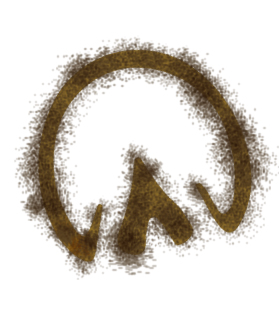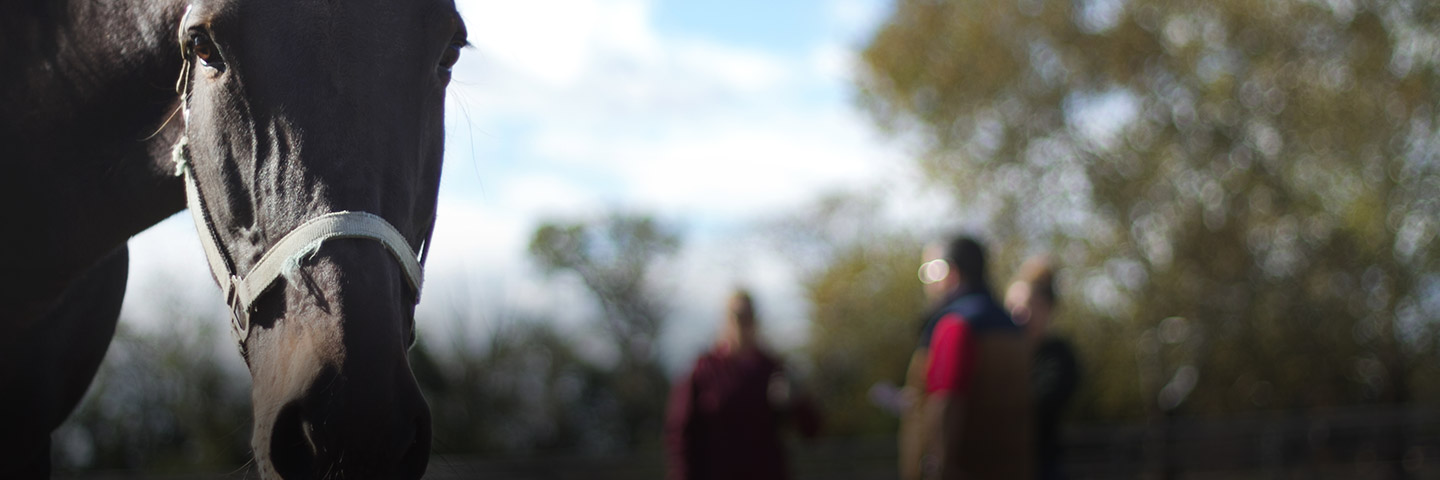Hay Everyone!
Welcome to 2023! It’s hard to believe another year has rolled by and yet, here we are. You may want to stay inside where it’s warm and dry during the winter months which means your visits to the barn become less frequent. I can’t wait until we have our first snow, so I can kick my heels up and create a few snow plumes! Some of my human friends seem to dislike the cold weather and wear so many layers to stay warm. Winter brings special concerns and challenges for the horse owner, in addition to those extra layers of clothing. It’s easy to stay focused on the big problems winter brings such as keeping water troughs and buckets free of ice and then overlook smaller items. Even though you may not think about it very often, it’s important to keep up with your horse’s hoof care this winter season.
The first thing to keep in mind is that your horse’s hooves grow more slowly in the winter. (I did a little tracking of my hoof length last year because I was a little skeptical of this observation. Turns out my human friends know what they’re talking about!) Experts still don’t know exactly why this occurs although it’s likely due to several factors. Despite the slower growth, your horse’s hooves still need to be trimmed on a regular basis. Most horses should have their hooves trimmed every six to eight weeks. Work with your farrier to create a consistent schedule for your horse’s hooves.
In addition to regular trimming and care from a farrier, a horse’s hooves need to be cleaned and inspected regularly. Ideally, this should happen daily. As you clean a horse’s hooves, you should be checking for problems and potential problems such as loose shoes, hoof cracks, injuries, sensitivity, and thrush. Loose shoes warrant a call to the farrier and may need to be removed prior to the farrier’s arrival if it seems like the shoe will be pulled by the horse before then or if there are protruding nails that could create a puncture wound in the horse’s hoof.
Hoof cracks should be monitored. A good way to help you do this is to take photos. This will allow you to easily see any changes such as worsening of the crack. A new crack that is particularly deep or long also warrants a call to your farrier.
Thrush is easily identified by the black discoloration that occurs on and around the frog and the accompanying smell. (Ugh. If you’ve ever smelled a case of thrush, you’ll know what I’m talking about!) Thrush can crop up quickly in wet, muddy conditions such as those that are often encountered in winter. If you come across a case of thrush, you’ll want to treat it immediately and be extra vigilant in cleaning the horse’s hooves. There are several commercial formulations available for treating thrush.
If your horse wears shoes, you’re likely to encounter hooves packed with ice that make locomotion difficult and dangerous for your horse. For this reason, some owners opt to remove a horse’s shoes for the winter months, especially if they will be riding less often. If you choose to leave shoes on your horse, your horse can wear hoof pads that keep ice and snow from building up in the hooves.
As you venture out into the cold and snow this winter, be sure you take the time to check on your horse’s hooves and give them a thorough cleaning. The more time and attention you put into your horse’s hooves over the winter, the more likely you are to have a sound horse with healthy hooves when you get ready to start riding again in the spring.
Until Next Time!
Your Friend,

Lord Nelson

